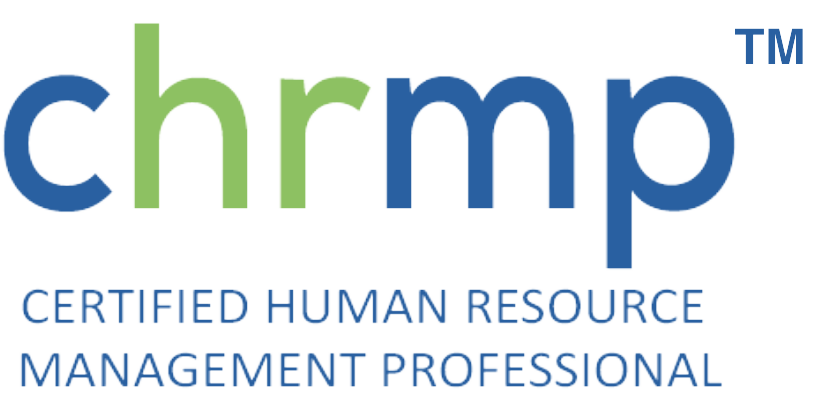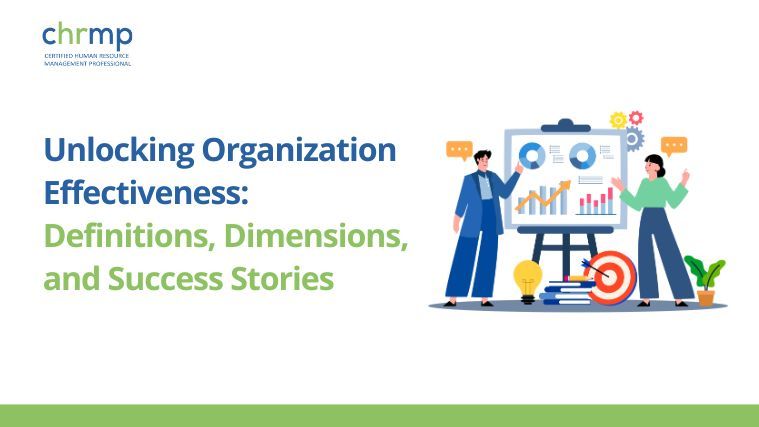Organization effectiveness is a multifaceted concept that describes how well an organization achieves its goals, adapts to change, and provides value to its stakeholders. This article explores definitions from leading thinkers, different aspects of effectiveness, the ways effective organizations outperform others, and real-world examples of effective organizations, concluding with key takeaways for leaders.
What is Organization Effectiveness?
Organization effectiveness refers to the extent to which an organization meets its predetermined objectives using its available resources. This includes operational efficiency, quality of output, adaptability, and the capacity to satisfy the needs of stakeholders. Effective organizations possess clear vision, strong leadership, and a culture fostering engagement and innovation.
Organization effectiveness is not just about achieving profit, but also about maintaining productivity, employee satisfaction, and stakeholder value. It highlights both the achievement of outcomes and the processes needed for success.
Definitions Given by Different Authors
Multiple authors have offered definitions that underscore different facets:
- Peter Drucker: Organization effectiveness is “the capability to make the best use of available resources to achieve goals” and is “a combination of the organization’s ability to achieve its goals and the results based on this capability”.
- Wikipedia: It is “a concept used to assess how well an organization achieves its intended outcomes”.
- Mooncamp: Organization effectiveness is “how effective an organization is in achieving the outcomes it intends to produce”.
- Marketing91: It is about “measuring the efficiency of an organization in meeting its objectives with the given resources, without undue strain on employees”.
- MBANol: It is “the extent to which an organization achieves its predetermined objectives with the given amount of resources and means”.
These definitions show the importance of outcome achievement, resource use, and stakeholder satisfaction.
Multifaceted Aspects of Organization Effectiveness
Organization effectiveness consists of several interrelated aspects:
- Goal Achievement: Success in attaining stated objectives, whether operational, financial, or social.
- Resource Utilization: Efficient use of human, financial, technological, and physical resources to maximize output.
- Leadership and Management: Direction, strategy, and decision-making strength fundamentally influence outcomes.
- Workforce Engagement: Employees aligned with organizational values are more productive and innovative.
- Process Optimization: Streamlined, adaptable processes and systems to adjust to change and remain competitive.
- Innovation and Adaptability: Ability to respond to market trends and technological advances.
- Stakeholder Satisfaction: Meeting the expectations of customers, employees, shareholders, and community.
- Performance Measurement: Setting and monitoring KPIs and benchmarks to guide improvement.
- Culture and Communication: Building a culture of accountability, innovation, and open communication.
These dimensions interact, making effectiveness a complex and evolving target for any organization.
How an Effective Organization Supersedes Others
Effective organizations outperform competitors through several key advantages:
- Superior Financial Performance: Healthy organizations deliver up to three times higher shareholder returns compared to unhealthy ones.
- Higher Productivity: Engaged teams and optimized processes lead to greater output and reduced wastage.
- Resilience and Adaptability: Effective organizations are more resilient to shocks and can recover quicker from disruptions, such as market volatility or crises.
- Innovative Capacity: They continuously innovate, adopting new technologies and business models to stay ahead.
- Stakeholder Loyalty: Consistently meeting customer and employee needs boosts loyalty and reputation.
- Purpose-Driven Culture: Companies with a clear shared purpose have more engaged and productive employees, who drive better results.
Research indicates organizations that integrate organizational health into their core see sizable gains in EBITDA, resilience, and long-term value creation.
Some Examples of Effective Organizations
Several companies illustrate organization effectiveness in action:
| Organization | Hallmarks of Effectiveness |
| Amazon | Customer-centricity, innovation, operational efficiency |
| Pixar | Creativity, collaboration, and continuous improvement |
| Toyota | Lean processes, problem solving, and employee empowerment |
| Procter & Gamble | Innovation, collaboration, and strong R&D |
| Southwest Airlines | Empowered employees, operational efficiency |
| IBM | Adaptation, learning, diversity and inclusion |
| Cleveland Clinic | Clinical excellence, collaboration, continuous improvement |
Other notable organizations often cited include Disney, Zappos, Nike, Adobe, Netflix, Google, and Quora, all known for strong cultures and a relentless focus on stakeholder value.
Organization effectiveness is central to achieving sustainable growth and long-term success. It emerges from a balanced focus on goal achievement, efficient resource use, clear leadership, engaging culture, innovation, and stakeholder satisfaction. Organizations that excel in these areas routinely outperform peers, demonstrating resilience, adaptability, and the ability to thrive in a rapidly changing world.
Leaders aiming for organization effectiveness must systematically reinforce strategy, empower employees, optimize processes, and commit to continual measurement and improvement. The examples presented highlight that effectiveness is attainable in any industry, offering inspiration and guidance for organizations on their journey to excellence.






